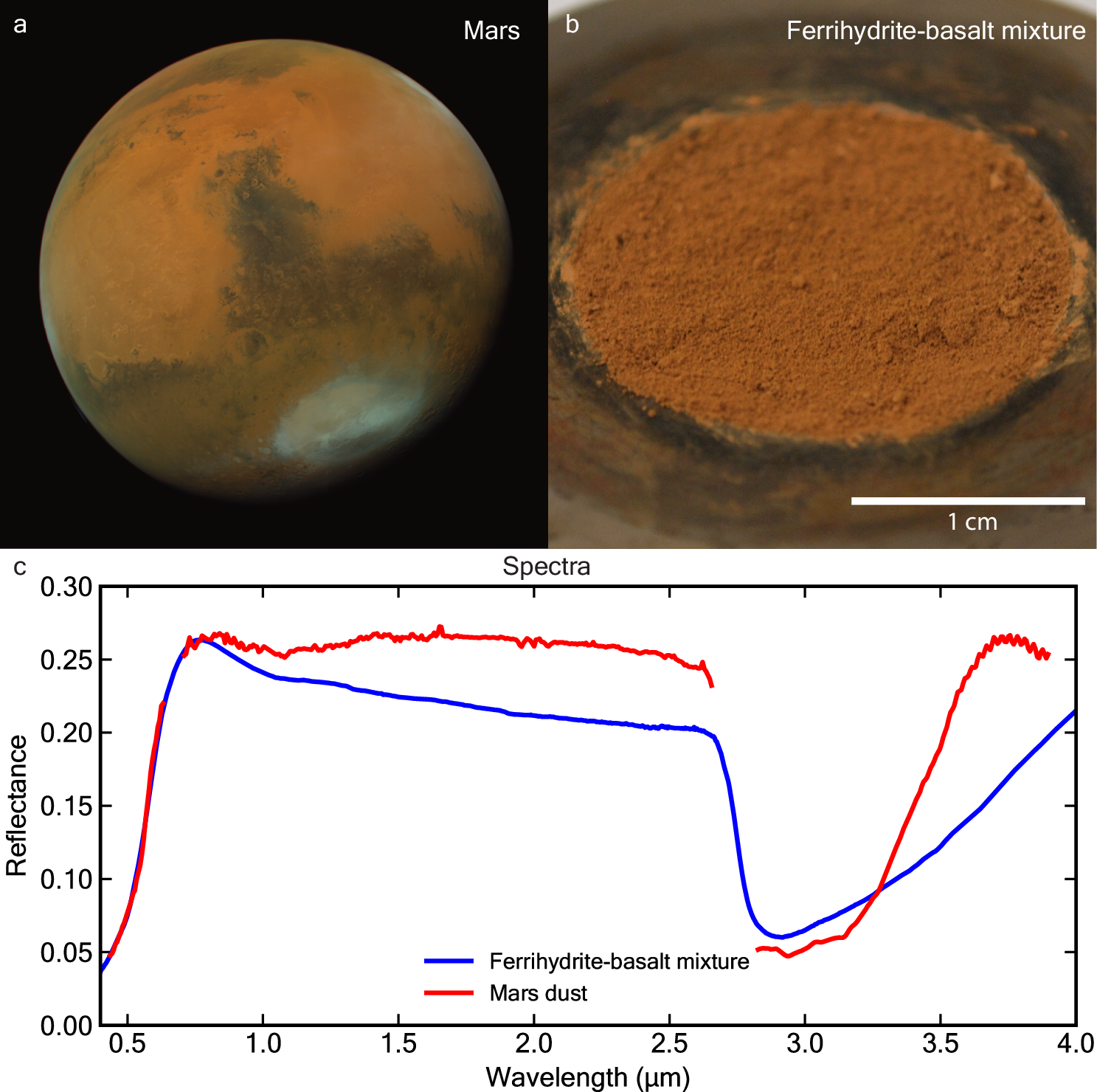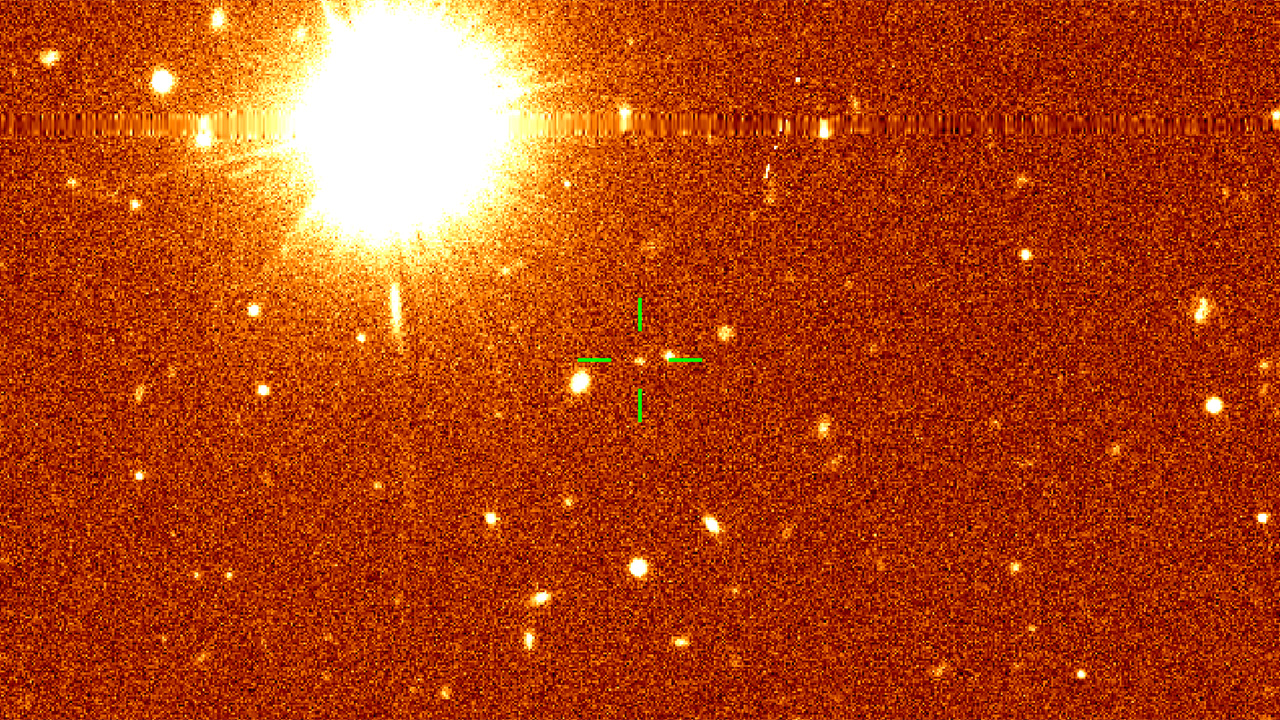2025-02-25 ブラウン大学
<関連情報>
- https://www.brown.edu/news/2025-02-25/why-mars-red
- https://www.nature.com/articles/s41467-025-56970-z
火星の赤い塵からフェリハイドライトが検出され、火星の古代の低温湿潤状態が記録される Detection of ferrihydrite in Martian red dust records ancient cold and wet conditions on Mars
Adomas Valantinas,John F. Mustard,Vincent Chevrier,Nicolas Mangold,Janice L. Bishop,Antoine Pommerol,Pierre Beck,Olivier Poch,Daniel M. Applin,Edward A. Cloutis,Takahiro Hiroi,Kevin Robertson,Sebastian Pérez-López,Rafael Ottersberg,Geronimo L. Villanueva,Aurélien Stcherbinine,Manish R. Patel & Nicolas Thomas
Nature Communications Published:25 February 2025
DOI:https://doi.org/10.1038/s41467-025-56970-z

Abstract
Iron oxide-hydroxide minerals in Martian dust provide crucial insights into Mars’ past climate and habitability. Previous studies attributed Mars’ red color to anhydrous hematite formed through recent weathering. Here, we show that poorly crystalline ferrihydrite (Fe5O8H · nH2O) is the dominant iron oxide-bearing phase in Martian dust, based on combined analyses of orbital, in-situ, and laboratory visible near-infrared spectra. Spectroscopic analyses indicate that a hyperfine mixture of ferrihydrite, basalt and sulfate best matches Martian dust observations. Through laboratory experiments and kinetic calculations, we demonstrate that ferrihydrite remains stable under present-day Martian conditions, preserving its poorly crystalline structure. The persistence of ferrihydrite suggests it formed during a cold, wet period on early Mars under oxidative conditions, followed by a transition to the current hyper-arid environment. This finding challenges previous models of continuous dry oxidation and indicates that ancient Mars experienced aqueous alteration before transitioning to its current desert state.



